IMPACT | SLOW FOR CLIMATE
For Better Coffee, For Better Climate
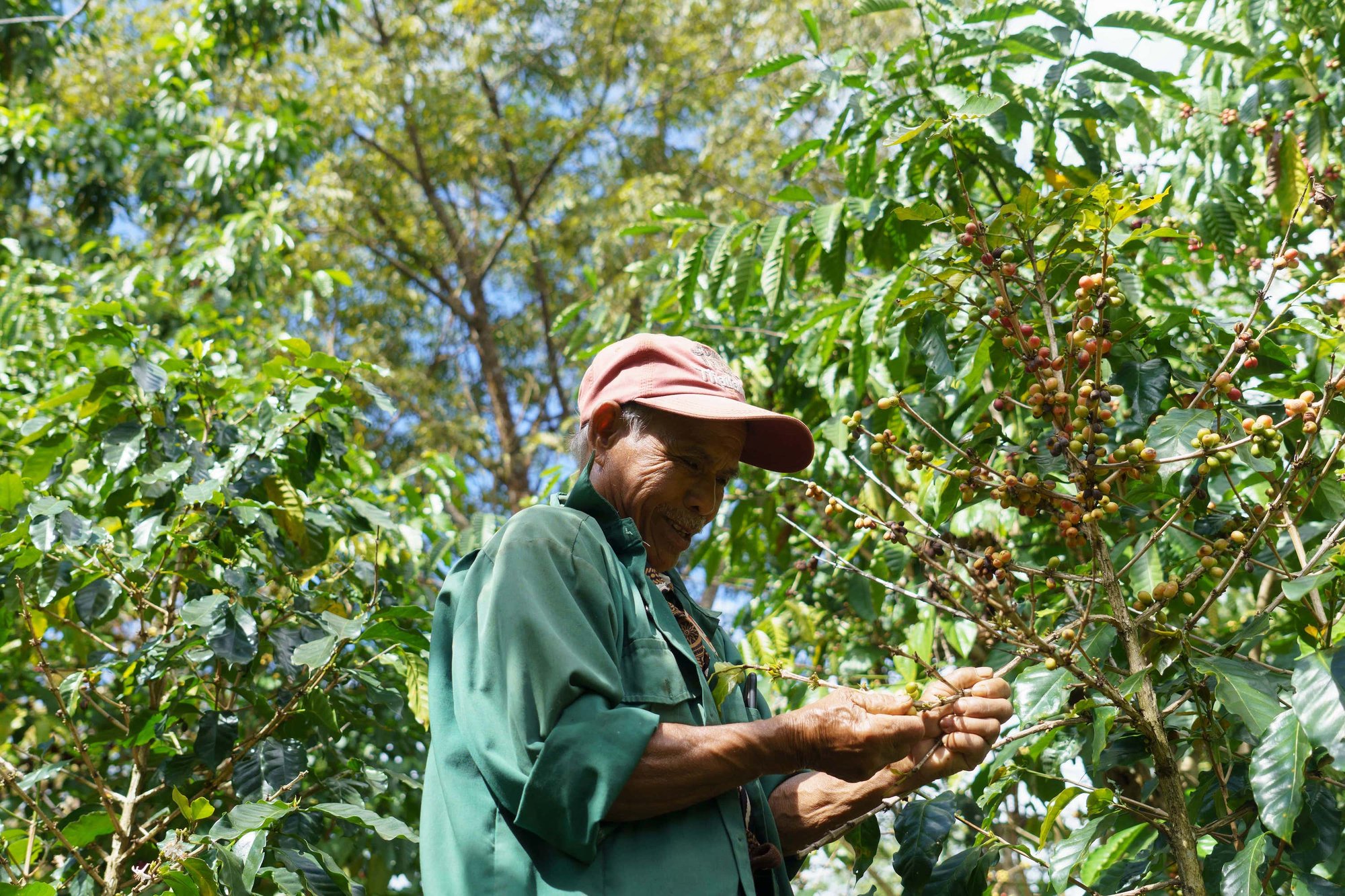
Our sustainable coffee company took the ambitious SBTi path to reduce our absolute emissions by 90% by 2030. Learn more about our plan.
Carbon Sequestration
Slow Forest commits to increasing carbon sequestration from agriculture, forestry, and land use by 2030. To achieve this, our focus lies in transforming shade-grown coffee farms into potent carbon sinks. This involves enhancing the tree cover on the farms, effectively bolstering both above-ground and below-ground carbon pools.
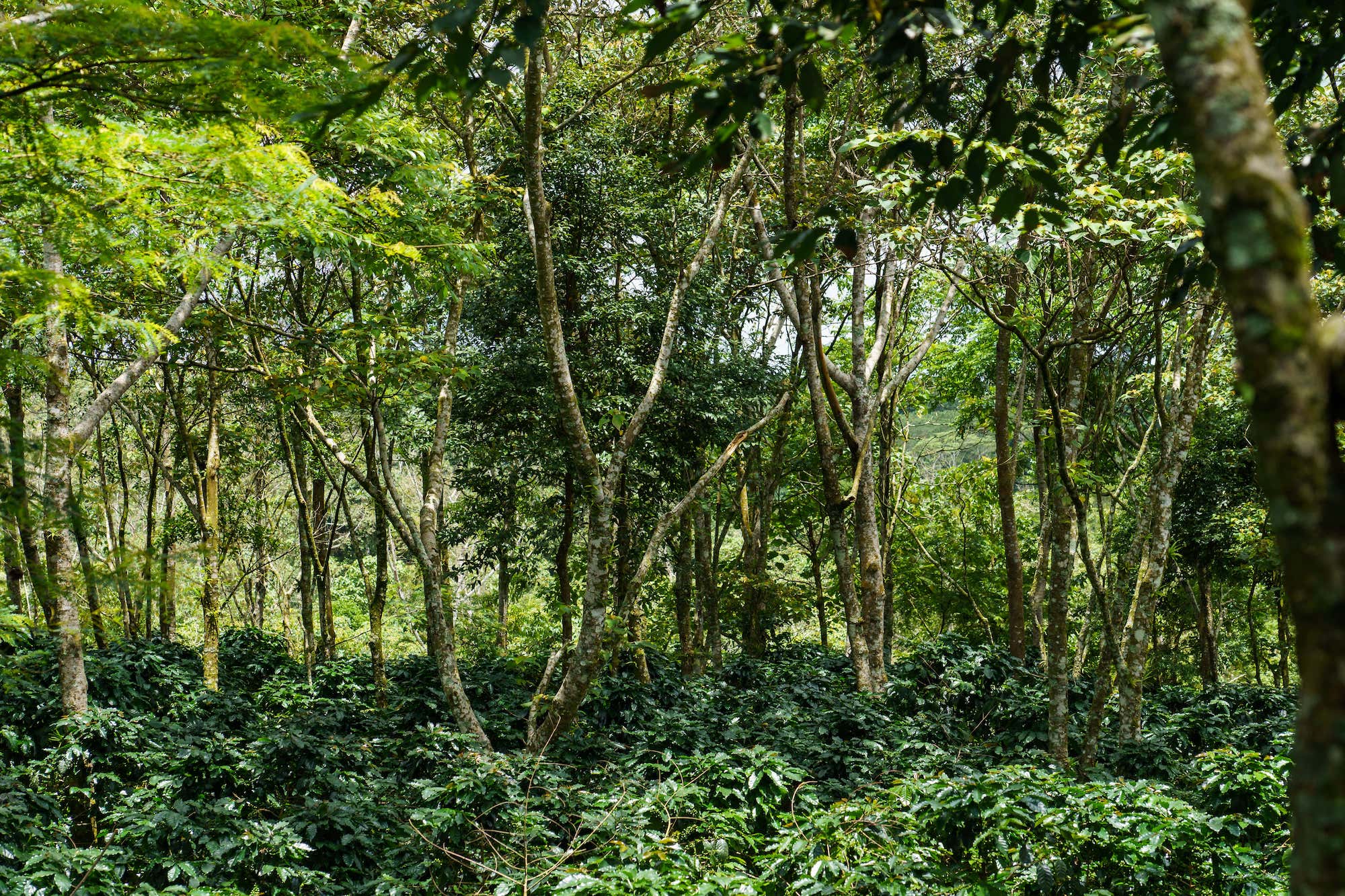
Bird-friendly Coffee Farms
At Slow Forest, we deeply value the connection between coffee production and biodiversity conservation. That's why our agroforestry system prioritizes the presence of 20 tree species in the canopy layer, exceeding the minimum of 10 tree species required by the Smithsonian Migratory Bird Center. We are passionate about ensuring our coffee is grown in a way that does not harm birds, and we proudly maintain 430 shade trees per hectare.
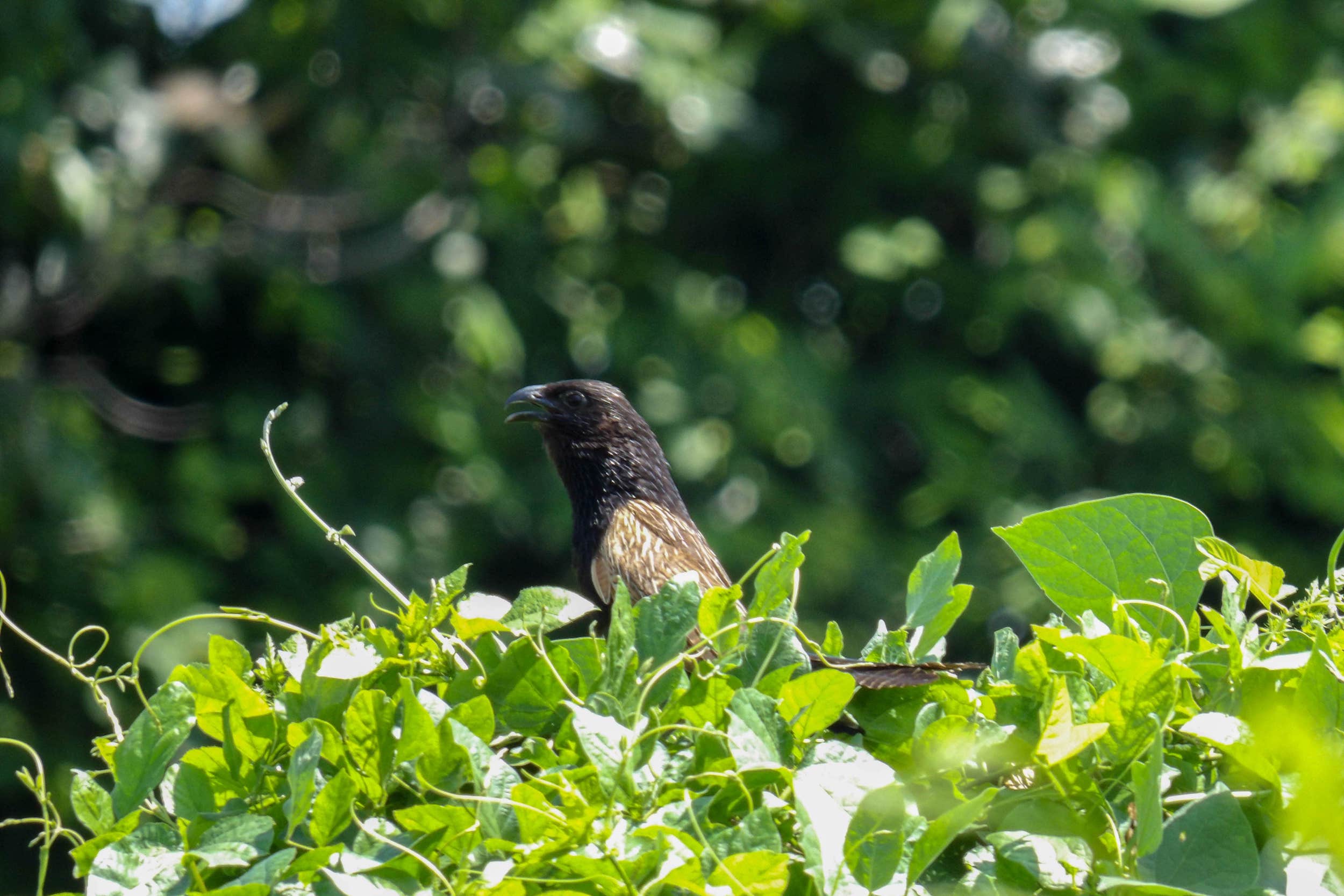
Soil Protection and Restoration
A test involving a material called biochar is being conducted at Slow Forest's partnered smallholder coffee farms. The goal is to investigate how biochar performs as a fertilizer and a nutrient sponge, with its various environmental benefits, such as aiding in soil carbon recovery, improving planting success, and reducing the need for additional fertilizers during forest establishment.
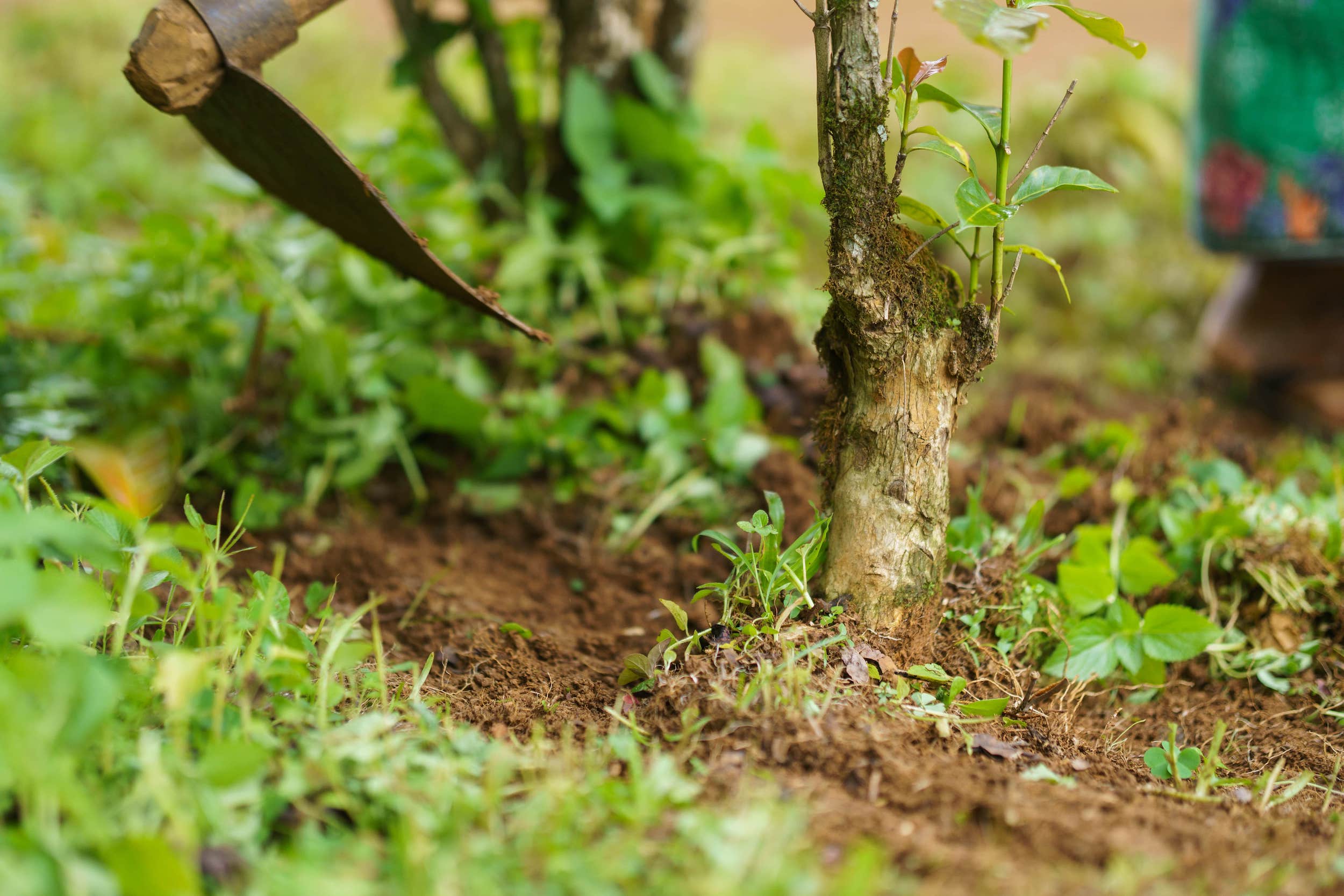
Economic Feasibility
At Slow Forest, we thoroughly consider the economic development factors that lead to deforestation. This allows us to accurately measure the impact of our efforts compared to business-as-usual scenarios. By doing so, we cultivate a shared understanding of the trade-offs involved in transitioning to a climate-compatible growth path.
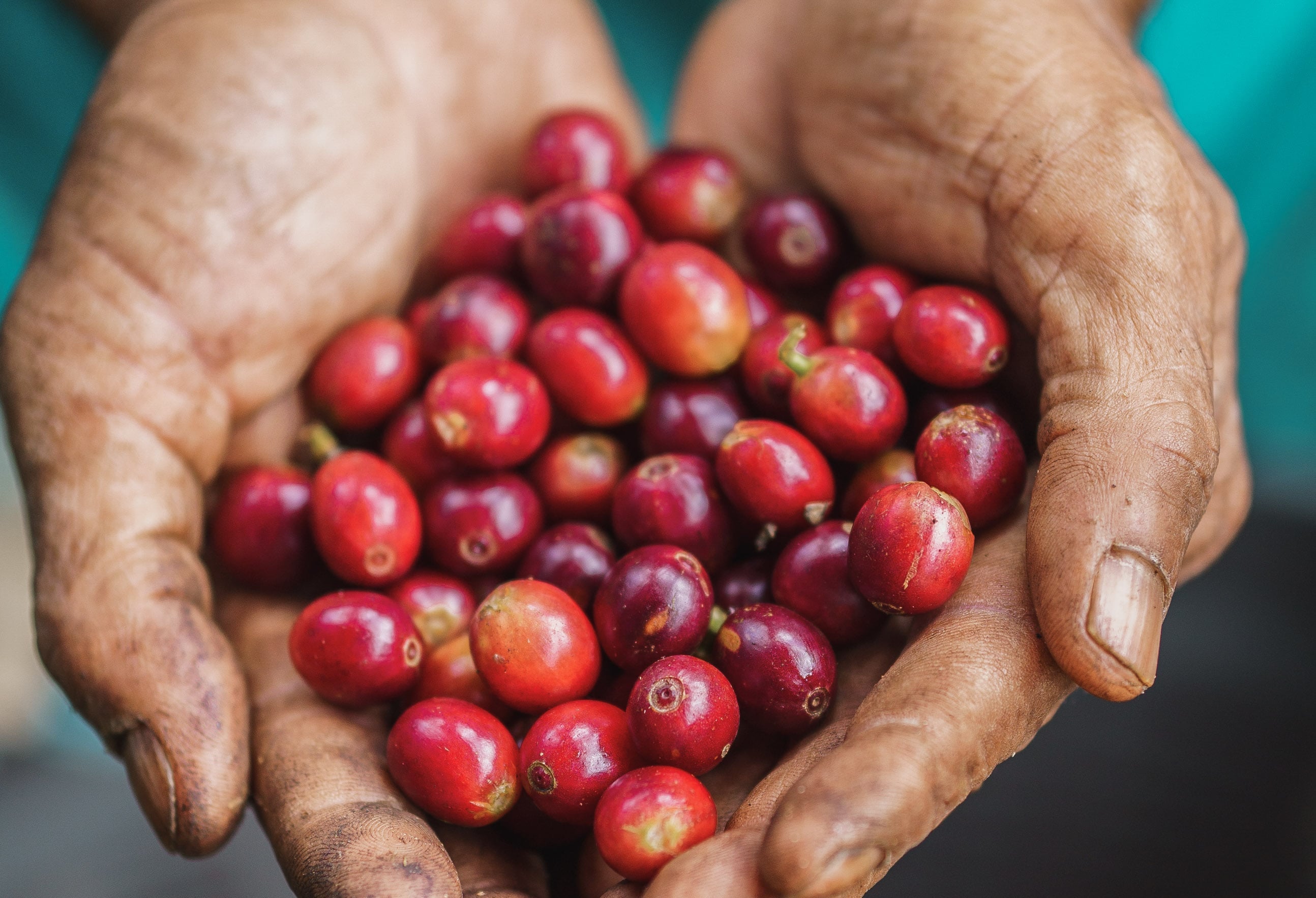
Unlock the climate-friendly secrets of our forest-grown coffee.
Slow tastings now available in Denmark, Finland and Germany. Expanding to new regions soon.




